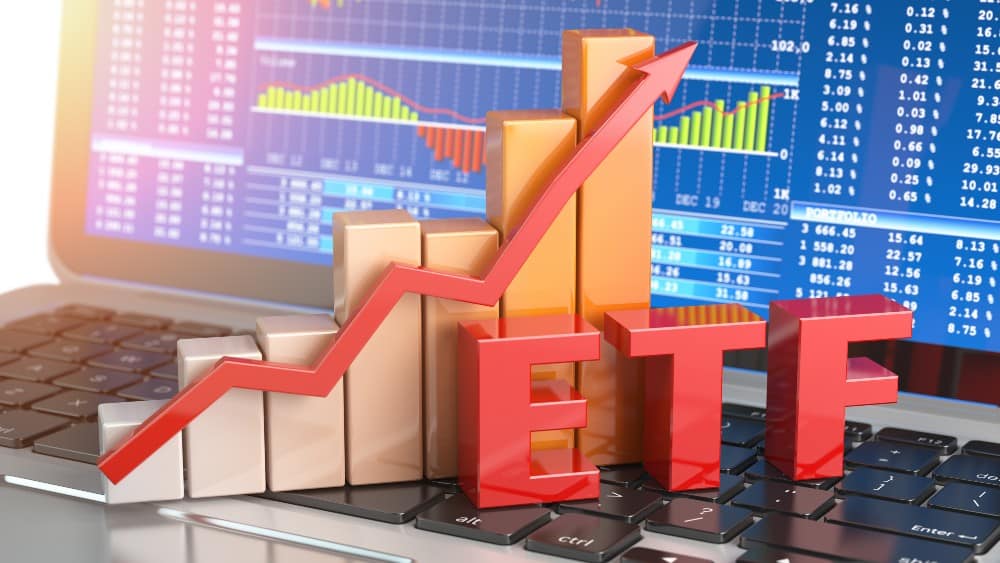
Image source: Getty Images
The best dividend exchange-traded funds aren’t just about income – they deliver solid total returns. Go ahead and bring out the pitchforks, but a flashy 8% yield doesn’t mean much if half of it is a return of capital and your net asset value keeps eroding.
Funny enough, despite being known for broad market passive indexing, Vanguard actually offers some of the best dividend ETFs in Canada. And my favourite of the bunch is the Vanguard FTSE Canadian High Dividend Yield Index ETF (TSX:VDY).
Here’s why I like it for a $10,000 investment that strikes a clean balance between income and long-term growth potential.
How VDY works
VDY tracks the FTSE Canada High Dividend Yield Index, which means it simply replicates the holdings of that index – currently a portfolio of 66 large-, mid-, and small-cap Canadian stocks.
Unlike a typical broad market ETF that selects stocks based on market cap alone, this index uses a forecasted dividend yield filter. It screens in the higher-yielding half of the Canadian stock market, focusing on companies expected to pay above-average dividends.
In Canada, this naturally leads to an overweight in financials, energy, and utilities. That’s because banks and insurers tend to return a large portion of profits to shareholders, energy companies often pay sizable dividends to stay competitive, and utilities have stable cash flows that support regular payouts.
VDY by the numbers
If you’re going to invest in VDY and make it part of a buy-and-hold portfolio, there are a few key metrics worth paying attention to.
First is the yield. VDY currently has a 12-month trailing dividend yield of 4.1%. This figure is backward-looking and calculated by taking the total distributions paid over the past year and dividing by the current share price. Keep in mind, the next distribution could vary – it’s not fixed.
Speaking of distributions, VDY pays monthly, which is great for generating consistent cash flow. The ETF typically goes ex-dividend on the first trading day of the month. That means you need to own shares before that date to be eligible for the next payout.
VDY isn’t free to own. It comes with a management expense ratio (MER) of 0.22%. For a $10,000 investment, that works out to about $22 per year. You don’t pay that fee directly – it’s deducted from the fund’s performance behind the scenes.
And while past performance doesn’t guarantee future returns, if you had held VDY over the last 10 years and reinvested every dividend, you would have earned a 9.4% annualized return – actually beating the S&P/TSX 60 over the same period.

